On top, Inside, and Within
 June 22, 2013
June 22, 2013
There’s life to be found in all sorts of weird and unexpected places on the reef. This tiny and beautiful cowrie was found on the surface of a soft coral at Pulau Jong, on a dive survey conducted during the Mega Marine Survey. It would have been easily missed without careful inspection!
A Trapezia crab hides within a Acropora coral. These small commensal crustaceans live their whole life within the branches of Pocillopora corals and Acropora Corals if no Pocilloporid corals are available. In a symbiotic relationship with its host coral, the Trapezia Crab is thought to feed on particulates trapped by the coral polyps, fallen detritus, and the coral’s secreted mucus. In turn, the crabs guard the coral from invaders and fend off predators.
Wrapped around this whip coral is a tiny brittle star with a center disk as big as the surrounding coral polyps.
A Gorgonian Goby (Braninops sp.)
It was only during these survey dives that I noticed these tube worms that live burrowed within the whip corals.
During the night dive at Kusu Island, there were plenty of these little crabs in the Heliopora.
There was a gorgeous Thorny oyster. If you look closely, you can see its eyes on the fringe between the mantle and its shell! They are grouped in the same superfamily as the scallops, but like the true oysters, they cement themselves to rocks, rather than attaching themselves by a byssus. Their key characteristic is the two parts of their shells are hinged together with a ball and socket type of hinge, rather than a toothed hinge as is more common in other bivalves.
Spondylus spp. have multiple eyes around the edges of the shell, and they have relatively well-developed nervous systems. Their nervous ganglia are concentrated in the visceral region, with recognisable optic lobes connected to the eyes.
Spondylus shells are much sought after by collectors, and there is a lively commercial market in them. [1]
As on every night dive, there were heaps of hermit crabs. Some of them were mobile and ran around in their own shells, like the one above.
Others like the one above, remain burrowed in the coral.
Snails are interesting and they can make a surprisingly fast get away too! They manage this by simply detaching themselves from the substrate they are clinging onto, and drop themselves into a crevices of the coral that are (hopefully) difficult or impossible the predator to reach.
A beautiful Arabian cowrie Cypraea arabica
I saw a Sauron shrimp on this night dive but didn’t manage to take a photo. This one above is a kind of hingebeak I think? There’s never enough time for a night dive! There’s just so much bizarre stuff to discover!
Here are the Tweets I posted from today’s expedition:
Dr Zeehan goofs off on the boat as we head to St Johns Island for Day 12 of the #MegaMarine southern Expedtion! http://twitpic.com/culzpt
Hope the storm last evening/night didn’t turn the waters terrible! Was really enjoying the good visibility yesterday! #MegaMarine
Ran into ex-classmate, Galen, fr 2002, who takes a break fr his corporate day job to help out w #megamarine survey! http://twitpic.com/cunjvx
Dive team partial group photo before departure. #MegaMarine pic.twitter.com/VFc9hoOmRW
Just spoke with Dr de Graves, Oxford Natural History Museum, we’ve found 14 new records for shrimp in Sg so far! #megamarine
Plucking little symbiotic shrimps off a gorgonian coral #megamarine http://twitpic.com/cuofhj
Saw this gorgeous shrimp in a Crinoid today but didnt manage to nick it! Am not very good at this! #megamarine http://twitpic.com/cuofjd
I learned today that despite this squat lobster having tiny pincers, they can inflict some decent pain! #megamarine http://twitpic.com/cuofjm
A sea spider! Found in the macro algae collected from the pontoons at St Johns island! #megamarine http://twitpic.com/cuox82
Really flat flatworms! Some have cute little tentacles! #megamarine http://twitpic.com/cuoy3d
3 flashes, 1 light, 1 big camera, & 1 little worm. A lot of effort goes into taking the 1000s of pix for #megamarine http://twitpic.com/cupfxr
For the really tiny things like this isopod, we have a microscope with a camera mount! #megamarine http://twitpic.com/cuphqo
Beautiful water today. A good day for diving! Picking up scientists fr St Johns Island. #MegaMarine http://twitpic.com/cv6546
Dr Zeehan sorts the fish from the mangrove survey! Pandaka is one of the smallest vertebrate animals in the world! http://twitpic.com/cv69ou
Look what little critters can be found hiding in a single feather star! #megamarine http://twitpic.com/cv69wb
Volunteers sort through findings from this morning deep sea dredge at 190m! Wow! #megamarine http://twitpic.com/cv6a10
A beautiful acopora goby from the dive at Jong #megamarine http://twitpic.com/cv6a5f
Two new records of hermit crabs fr this mornings dive! Pseudopaquristes monoporus & Diogenes pallescens! http://twitpic.com/cv6bv9
This thing that looks like a ducks head is a new record for Singapore! A bivalve called Jouanettia! #megamarine http://twitpic.com/cv6cn4
Here’s what that Jouanettia bivalve looks like with its siphon extended! Wicked! #megamarine http://twitpic.com/cv77d2
And this is what that bivalve looks like when its still burrowed in its rock home. #megamarine http://twitpic.com/cv77m4
Dr Sammy de Graves wears the Hantu Blog tee shirt! #megamarine http://twitpic.com/cv74dp
Coral rubble: easy to collect, crazy tedious to process! Lotsa big hammering for tiny little critters! #megamarine http://twitpic.com/cupmap
Dive at Jong: frogfish, ovulid, Crinoid shrimp, acopora goby, diadema shrimp & I learned what an alveopora coral is! http://twitpic.com/cv64jk
All set for the night survey at Kusu Island! Can’t wait to see what we can find! #megamarine http://twitpic.com/cupj7f
Sunset over the Singapore’s central business district, as seen from St Johns island #megamarine http://twitpic.com/cupm5z
The sun sets on St Johns island #megamarine http://twitpic.com/cuqzpg
Night dive at Kusu: massive lobster, crabs, aeolid nudis, stick pipefish, porcelain crabs, batfish, octopus, rabbitfish etc etc #megamarine
Night survey @ Kusu: flying fish, garfish, sauron shrimp, slipper & squat lobsters. Massive lobster, squid, cuttlefish, gobidon #megamarine
The Bukom oil refinery cloud – formed through the release of various gases, illuminated by its city-esque lights. http://twitpic.com/cur8bq
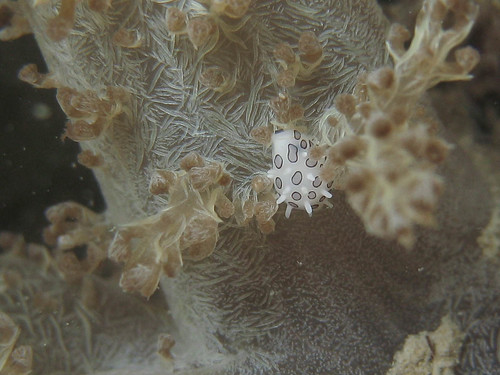
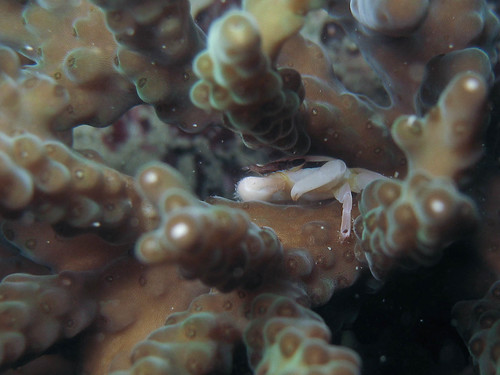
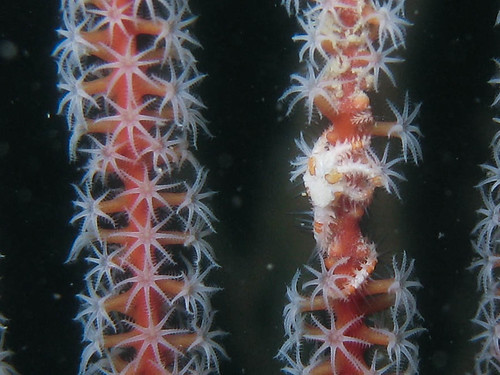
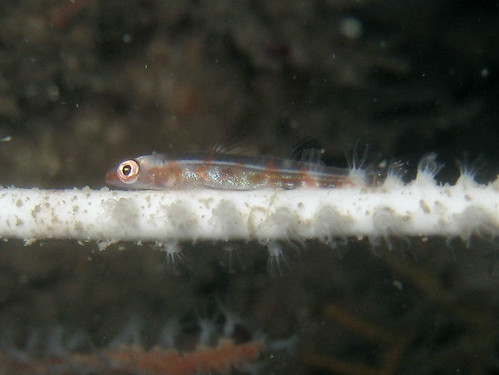
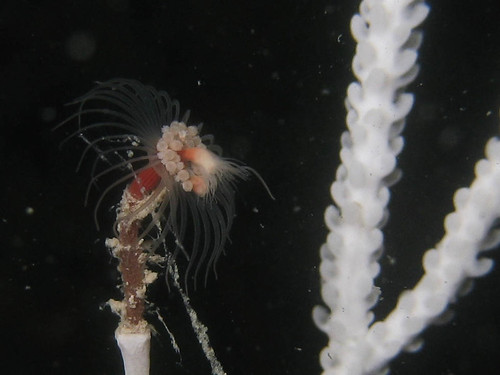
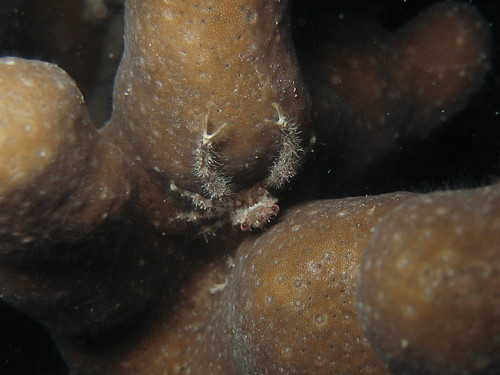
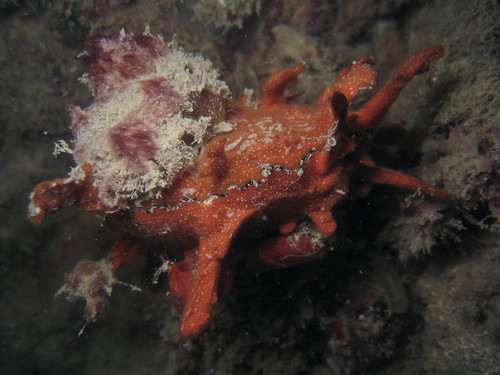
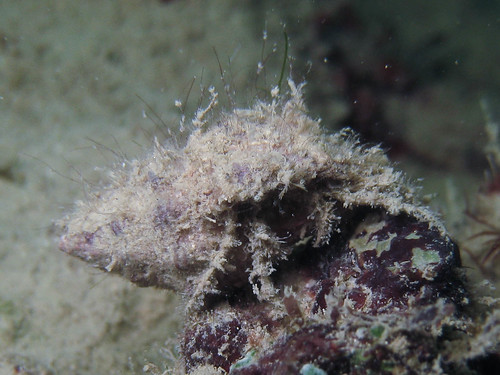


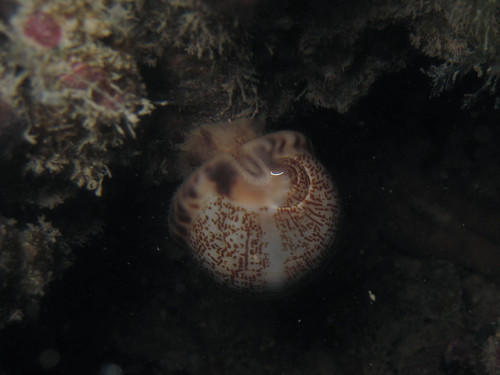
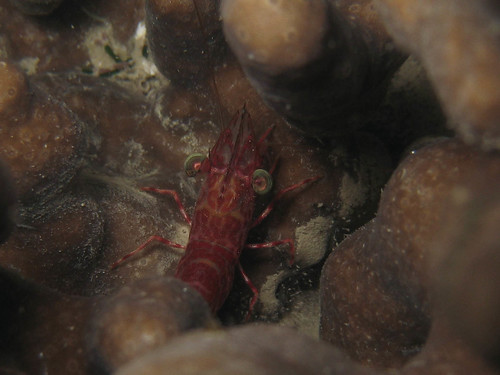
 Posted in
Posted in 



 content rss
content rss
COMMENTS